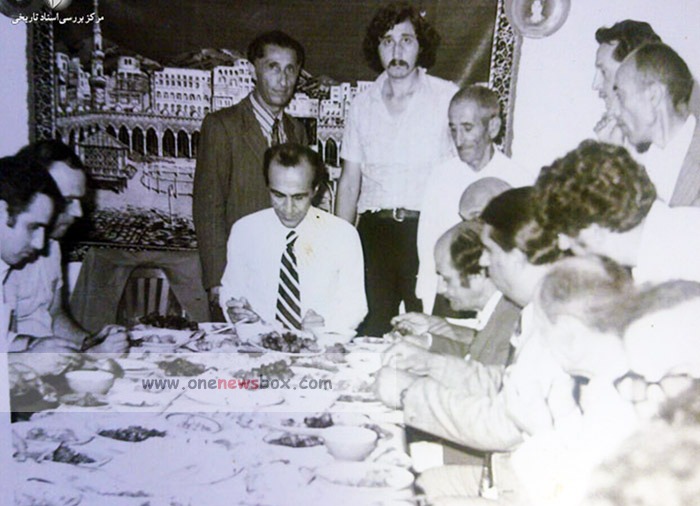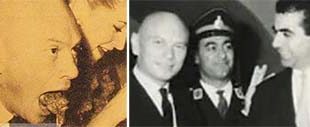Entry into Politics: From National Front to Pahlavi Alignment
Hulako Rambod’s political orientations evolved amid the shifting tides of Iranian politics. Prior to the 1953 coup d’état (18 Mordad 1332/Shahrestānī), he was affiliated with the National Front, a coalition led by Dr. Mohammad Mossadegh advocating for national sovereignty, oil nationalization, and democratic reforms.
However, after the coup that toppled Mossadegh and reinstated the Shah’s authority, Rambod gradually shifted his allegiance toward the Pahlavi regime. His political alignment pivoted in response to the new power dynamics and perhaps pragmatic considerations of political survival and influence.
He first for office during the 17th and 18th terms of the Majles-e Shorâ-ye Melli-ye Iran (National Consultative Assembly), Iran’s parliament—though unsuccessfully during those election cycles. Undeterred, he continued to cultivate support and experience, eventually winning election in the 19th term, and subsequently securing successive seats through to the 24th term. In effect, Rambod served in Iran’s legislature for roughly a decade and a half, spanning multiple parliamentary sessions.
Within the Majles, Rambod became the main spokesman of the People’s Party (Hezb-e Mardom). The People’s Party, often considered the satellite or loyalist party to the Pahlavi establishment, operated alongside the nominally opposing New Party (Hezb-e Iran-e Novin) in a two‑party system designed and overseen by the monarchy.

